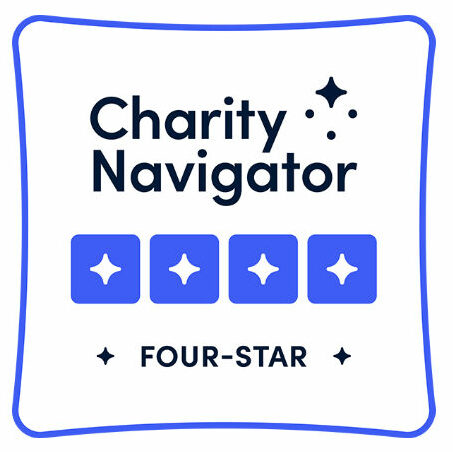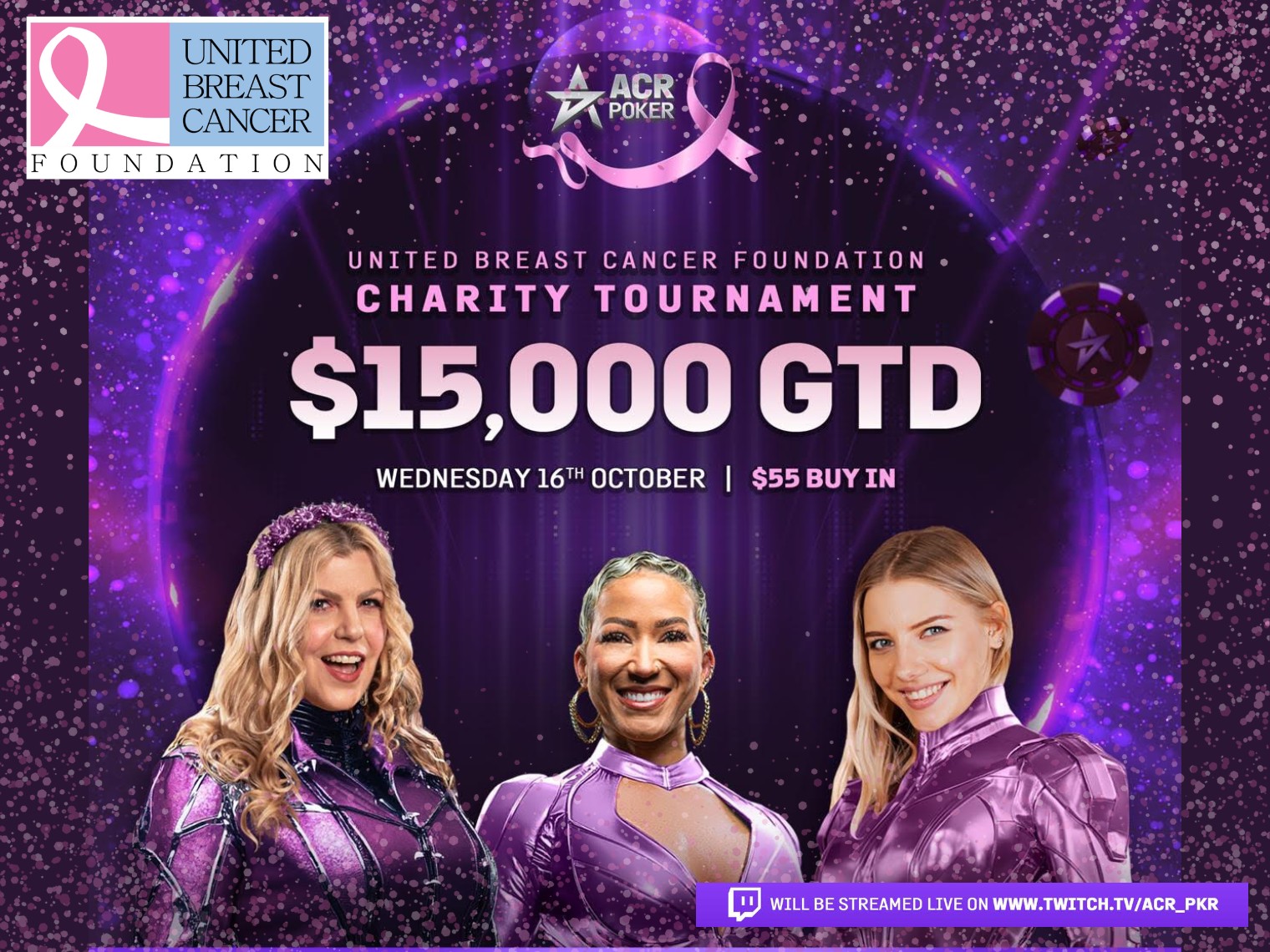It feels like we’re all living in fear that everything around us causes cancer. Everywhere I turn I’m hearing about something new that will give me cancer. At this point, I’m wondering what won’t give me cancer. Of course things like a healthy diet and exercise will always be a good thing. It should come as no surprise to find out eating fruits and vegetables can reduce your risk of breast cancer. There are however a few factors that I was surprised to learn had an effect on someone’s risk of developing breast cancer-like height.
Some Proven Risk Factors
Height: Studies has shown taller women have an increased risk of breast cancer. Why is that? It’s believed this could be related to the growth spurt tall women have in their youth because of the high hormone level and cell growth.
Age at first period/Age at menopause: It has been found that women that began their periods before age 12 have a 20% higher risk than women who began their period after age fourteen. Every year younger a woman was when she began her period it is believed her breast cancer risk is increased by 5%. This is most likely caused by a longer lifetime exposure to estrogen in the breast tissue. Going through menopause at a later age increases the risk of breast cancer for the same reason.
Alcohol: Drinking alcohol may increase the risk of breast cancer. This is most likely because the alcohol in someone’s system affects how estrogen works in the body. It could lead to higher blood estrogen levels putting someone at a higher risk for breast cancer. Women drinking 2-3 alcoholic drinks per day are thought to be at a 20% higher risk for breast cancer.
Breastfeeding: Breast feeding lowers the risk of a woman to be diagnosed with breast cancer. The longer a woman breastfeeds, the better. Breastfeeding can also protect a woman from ovarian cancer and type 2 diabetes.
Working the night shift: Women that work the night shift for many years can have a slightly increased risk because of the exposure to light at night. This exposure disrupts the melatonin being produced in a person’s body and a lower level of melatonin can create a higher risk of breast cancer.
Factors that do not affect risk:
Abortion or miscarriage
Bras
Breast Implants
Cell phones (more below)
Deodorant
Hair Dye
Although cell phone use, as deemed by Susan G. Komen, not a risk factor, there have been claims made that women who keep their phone in their bras are at a higher risk. Experts don’t seem to have made a conclusion on the topic.
The International Agency for Research on Cancer (IARC), part of the World Health Organization, believe radiofrequency fields are “possibly carcinogenic to humans.” The American Cancer Society stated that the IARC actually means there might be some risk associated with cancer but the evidence was not strong enough. The National Institute of Environmental Health Sciences thinks more research is needed and current evidence proves nothing. The FDA does not believe scientific evidence has shown radiofrequency from cell phones to be linked to health problems. The US Center for Disease Control and Prevention stated that although some studies have raised concern, scientific research overall doesn’t support an association between cell phones and health effects. The Federal Communications Commission believes no scientific evidence supports that cell phones can lead to cancer or any health problems. Most seem to agree that either not enough research has been done or that no research proves a link between cell phone use and health problems.
The National Cancer Institute provides a Breast Cancer Risk Assessment tool to determine risk for breast cancer. To determine your risk, follow this link: http://www.cancer.gov/bcrisktool/
This tool was intended to be used by Health Care Providers so it might be difficult to understand your calculated risk. It is suggested you ask your doctor any questions you might have about your risk. This tool cannot predict who will develop breast cancer.
Sources










